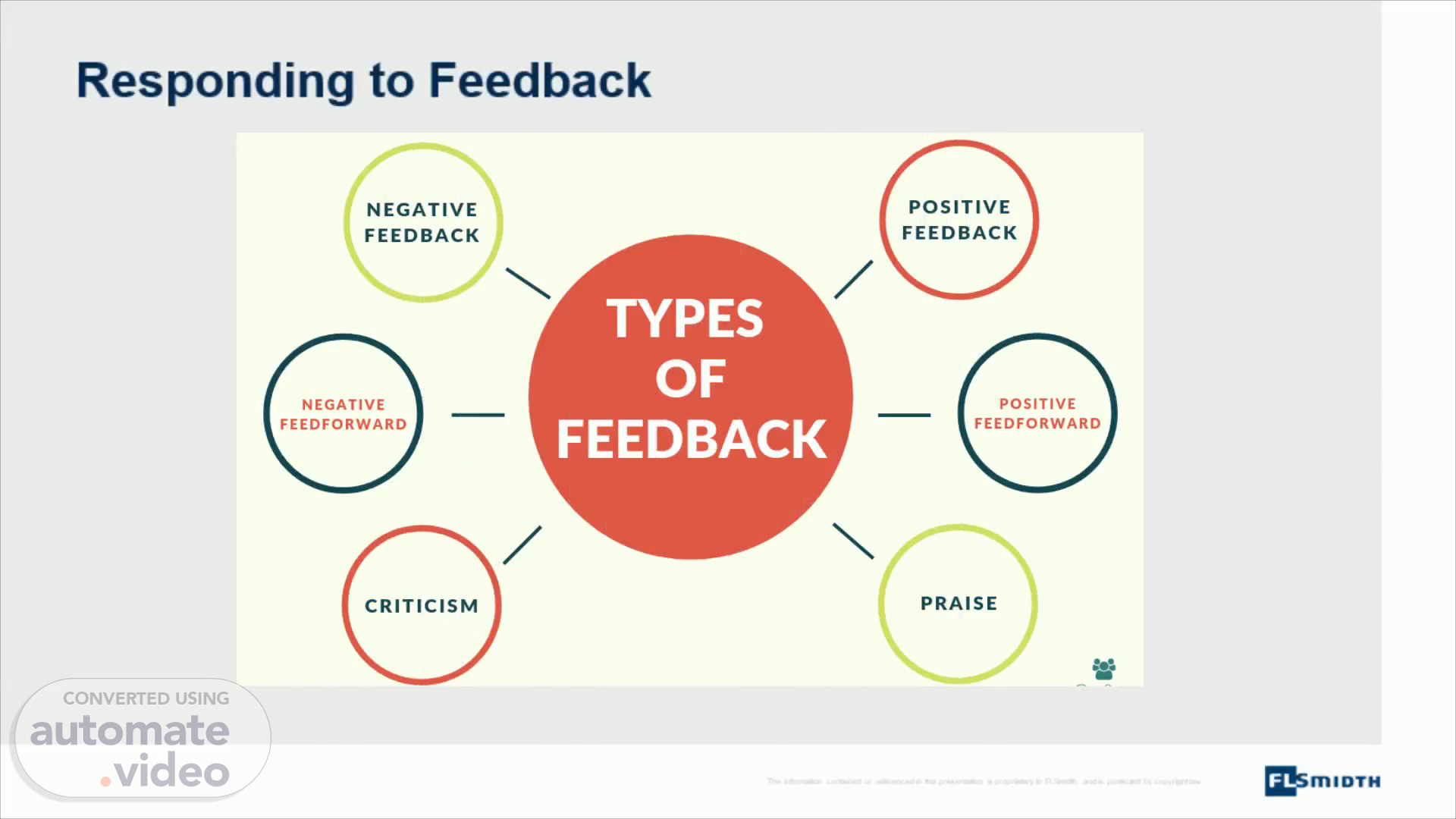
Responding to Feedback
Scene 1 (0s)
[Audio] To be successful in a business we should ensure two-way communication process. Where Feedback is an essential part, so as to know whether the receiver has understood the message in the same terms as intended by us and whether he agrees to that message or not. Response become a cyclic process in a business to be in successful place. Here Feedback is nothing but our customers response to us; it enable us to evaluate the effectiveness of our work/product. Feedbacks can be different types , it can be positive, negative, praise, criticism. Based the this type of feedback we evaluate our past behaviour/ response. So, feedback is the factor which provides us opportunity to correct our future response in better way or take advantage of it for further improvement..
Scene 2 (53s)
[Audio] when we get the negative feedback that shows somewhere we failed to meet the customer expectation. we may be not wrong in that case but it is essential to ensure customer understood it clearly. when the gap is filled with our proper response the customer will go happy. that means our response should be in a way to change the negative feedback what the customer had about us to the positive side once we win our customer with their positive feedback, that means there is a great opportunities we could look ahead from them. Let us see how these kind of feedbacks to be addressed with proper response methods..
Scene 3 (1m 33s)
[Audio] Always remember to ROAR while responding the feedbacks. That means make sure you read the feedback carefully and Understand the feedback ORGANIZE your response in better manner- like underline the key points, dates & headings and don't forget to correct the spellings as well. Wherever possible act on the feedback by making the required improvements Write a response to the feedback that you have understood and know how to improve your work.
Scene 4 (2m 4s)
[Audio] Responding — or not responding — to a positive feedback means whether we are ready seize or miss an opportunity. If a customer has shown appreciation, use this not only as an opportunity to build a relationship with our customers but to help build our brand/portfolio. Brainstorm creative ways to use your positive feedback to your advantage. Below are a few tips that can help put you on the right track: 1. Say thank you It's not just about having good manners; it's about showing appreciation for the fact that a customer took the time to share their positive experience. Your customers want to feel valued No one likes being in a one-way relationship - When you're always giving and never receiving, it's easy to feel unappreciated and undervalued. 2. Recognize and reinforce the positive part What did your customer like best about their experience with you? Recognize it, then confirm it again in your response. By doing this, you get to build not only around your brand, but also around what they specifically enjoyed. 3. Encourage keeping in touch and built the business relationship, which will help us to reveal new requirements and upcoming opportunities. The statistic speaks clearly: it is certainly more affordable to retain your old customers than look for new ones. once you admit this fact, you will be keen to provide as satisfying customer service as possible to keep your current clients..
Scene 5 (3m 46s)
[Audio] Instead of letting the negativity knock you down, find a way to turn these situations into positive ones. One of the most effective ways to reverse the influence of a negative feedback is to proactively respond in a delicate and professional manner. Listen to the customer's experience in its totality Apologize when it is required focus on the solution – Be Quick, But Don't Hurry – To ensure the quality in your response Here are a few steps to turn around: 1. Address the problem directly Always acknowledge the pain point. Let the customer know that you understand and empathize with their experience. Identify the underlying issue and lead with an apology. Showing empathy adds a human element to your business and helps mend the wounds of a bad experience that customer had. 2. Keep the response brief and polite Choose your words wisely. The shorter your response the less likely it is that you will trigger additional negative feelings. 3. Take the conversation offline You never want to spark an argument, especially with aggressive people who is passionate about their point of view. A more effective approach is to drive the conversation offline and towards a personal phone call with a manager or executive within the company. Ask them to send you a message with their personal contact information so you can get them in touch with the right individual. This proves that you are truly looking to solve the problem..